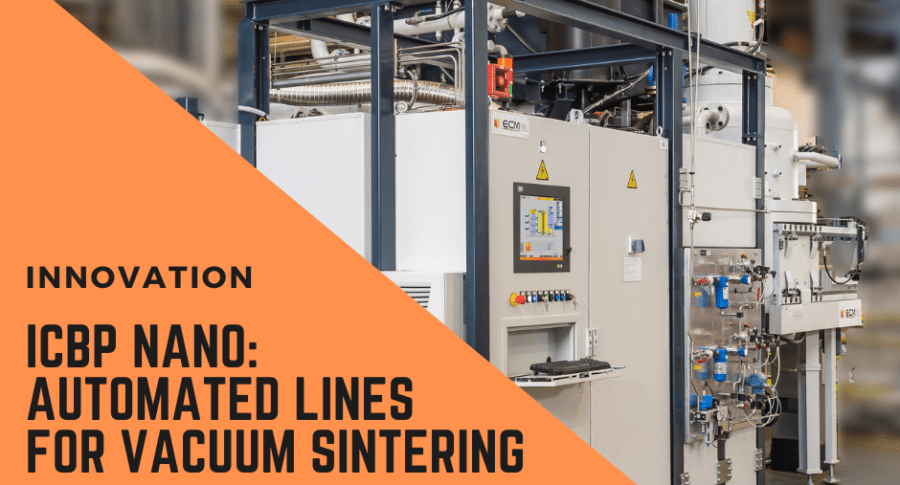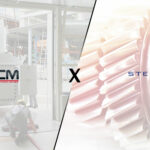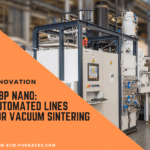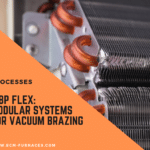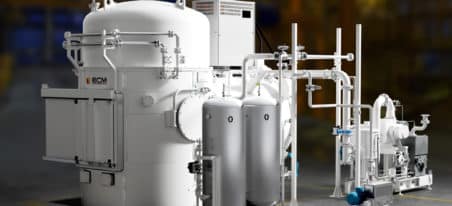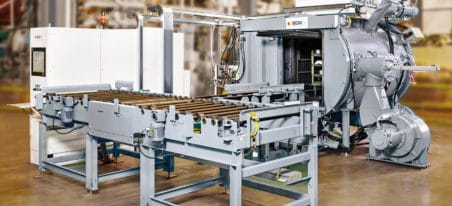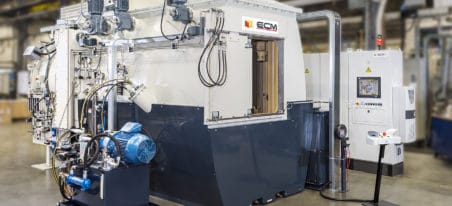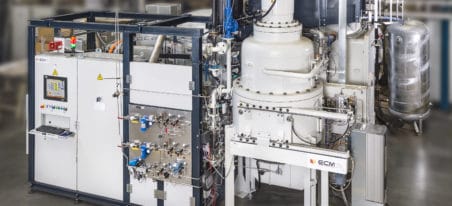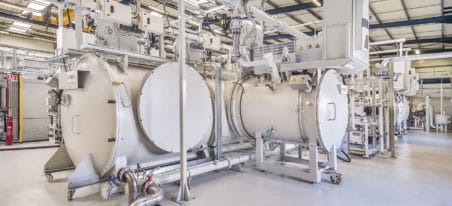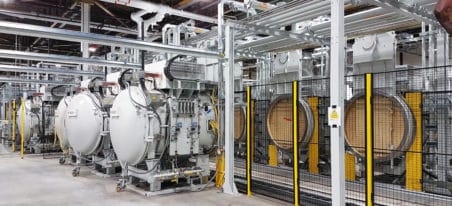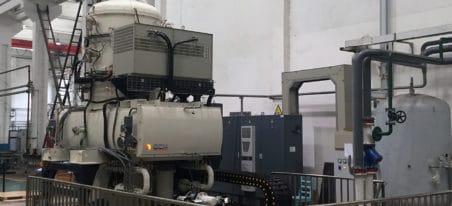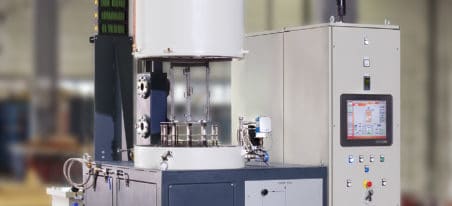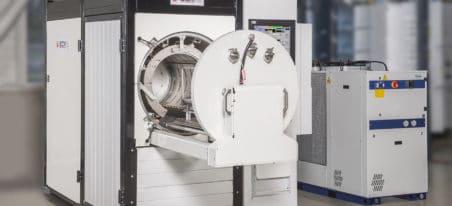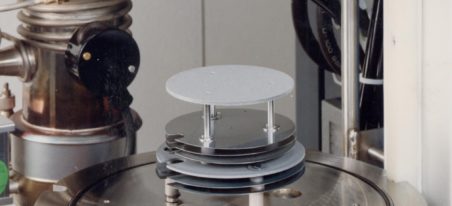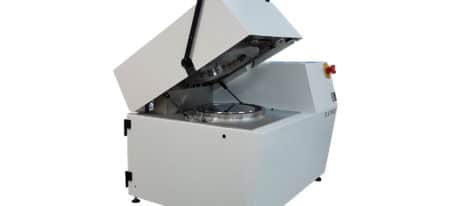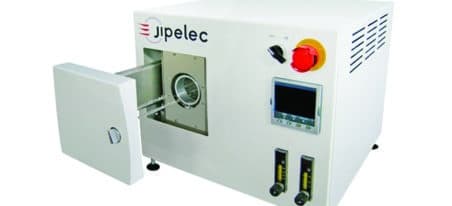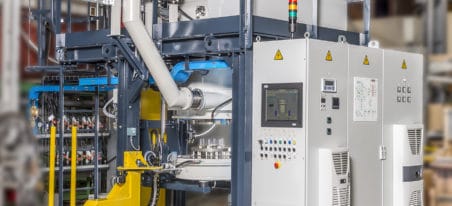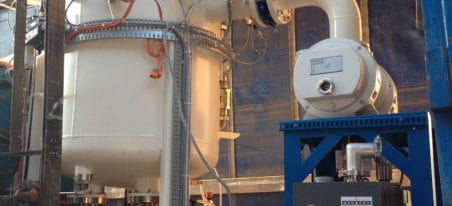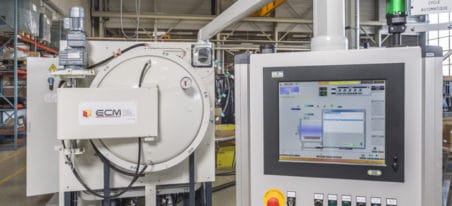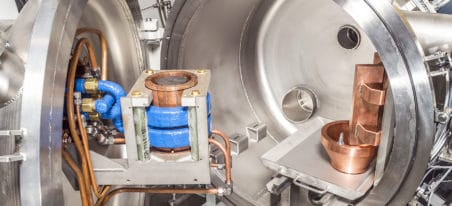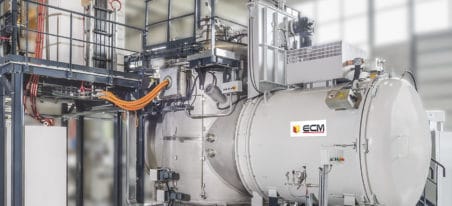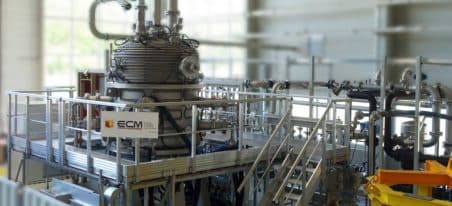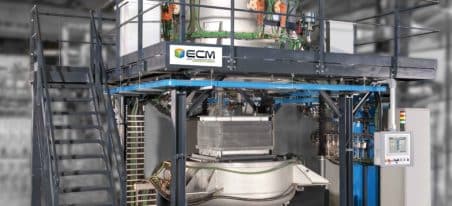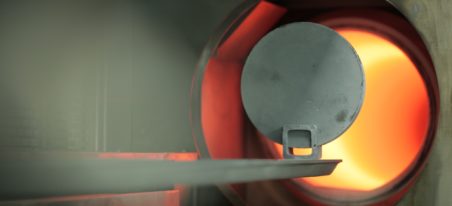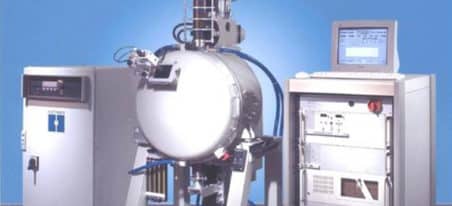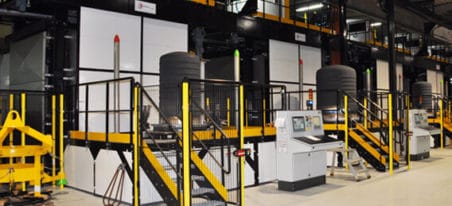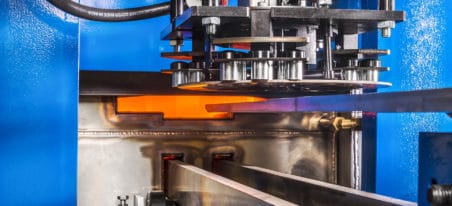A new ICBP Nano for vacuum sintering applications
In powder metallurgy, the manufacturing of metal parts starts with compacted powders and is followed by a structure setting process called sintering. This sintering step gives the part its mechanical properties and its final strength. Carried out in ECM Technologies’ low-pressure systems, the vacuum sintering step overcomes some limitations: process quality, cycle time, CO2 emissions, oxidation of sensitive alloys.
These sintering steps can be optimized by a low-pressure carburizing and quenching steps in order to improve the mechanical properties of the part. This combination of sintering – carburizing – quenching processes can be carried out in a single ECM Technologies installation, which guarantees a reduced treatment cycle time without chain breakage and a clean anti-oxidation atmosphere.
A clean, safe and efficient substitute to mesh-belt furnaces
Traditionally carried out in continuous mesh-belt furnaces under controlled atmosphere, the sintering of metal powders can also be performed under low pressure. The ICBP Nano is the perfect substitute to traditional mesh-belt furnaces and brings solutions to the mentioned limitations. With its optimized and very compact layout, the ICBP Nano fits perfectly in the workshops. The use of vacuum guarantees a more efficient, safer and cleaner production and heat treatment with a low carbon footprint.
As each cell of the Nano is independent, mixed production with different temperatures and heat treatment recipes in each cell are possible. ECM Technologies recently delivered a new Nano installation with six superposed cells (previously composed of either three cells or 2 x three cells on each side of the machine).
Robotics for an autonomous and automated line
This ICBP Nano was aimed to replace a mesh-belt furnace for small part sintering applications. This customer completed his order with an automated solution from ECM Robotics. Because of its high compliance with robotics, the workspace is reduced to a minimum for compact, clean, efficient and autonomous production. With a non-toxic atmosphere, no flames and automated loading, safety and working conditions are also greatly improved.
For more information on our robotization offer, please visit our website dedicated to robotic integration !


